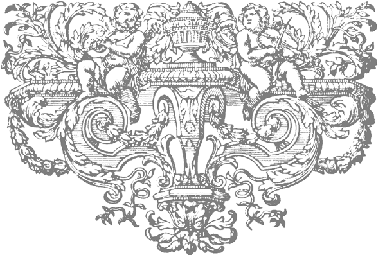A Franco-Flemish double-manual harpsichord,
![]()
Detail of the spine decoration 3
The outside of the spine is decorated only with ornaments and is lacking any figure painting, giving the spine almost the feel of a roccoco mannerist decoration. The painting has been done in oil, and is painted on a ground of thick gold leaf. This type of decoration was known in the eighteenth-century as ‘vernis martin’ after the Martin brothers who invented and developed this luxurious type of furniture decoration.
The register regulation plate with the four screws, one for each register, is visible near the top slightly to the right of centre.
